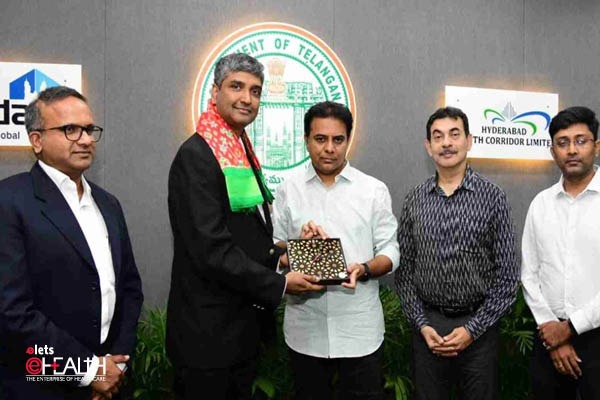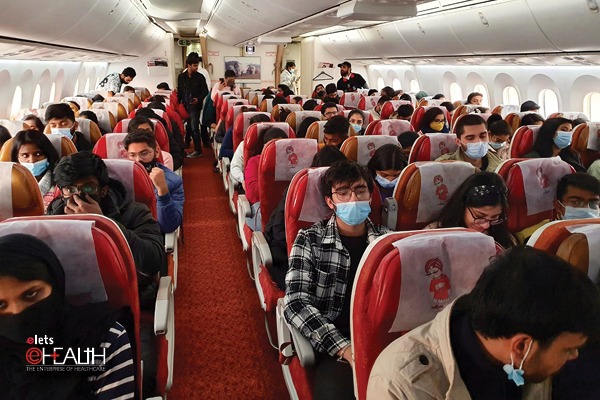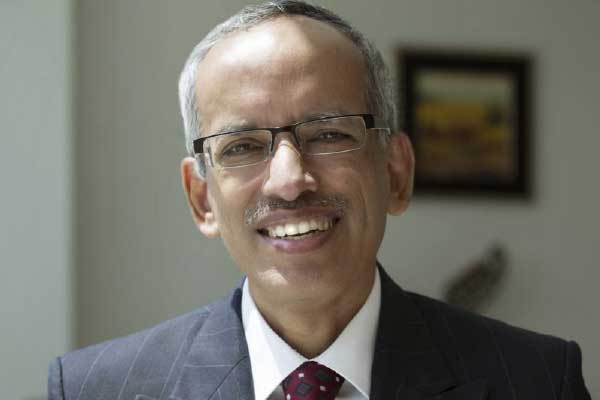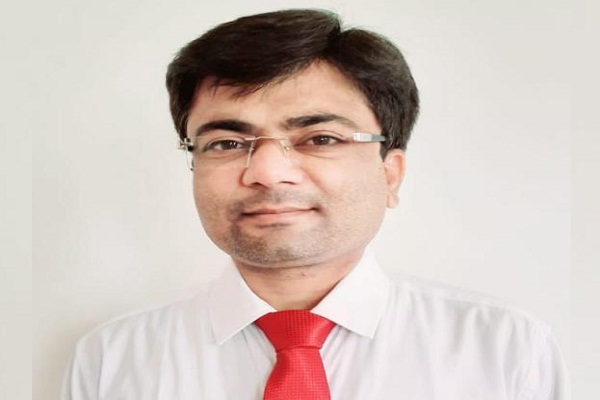 Rajiv Tewari, Director, Health & Wellness, Rockland Hospital, thinks healthcare in India is going through a positive transition
Rajiv Tewari, Director, Health & Wellness, Rockland Hospital, thinks healthcare in India is going through a positive transition
What is your take on the Indian healthcare sector? How do you rate Indian Healthcare when it comes to providing healthcare to all?
The Indian healthcare sector faces shortages of doctors, nurses, technicians and paramedics at all levels. India has less than one doctor per 1,000 patients, compared with a global aver- age of 1.4. India needs at least 8,00,000 additional doctors and 18 lakh more nurses. Huge rush of even the primary and secondary care patients in tertiary\ care hospitals located in metros clearly\ indicates the status of healthcare in\ smaller towns. The private players are moving in to fill the gap but they too are metro focused due to the concentration\ of specialist doctors in those areas and due to huge investment requirement to justify the returns on investment in small towns. Quality healthcare is virtually\ non existent beyond the metros and select large towns.

What are the IT investments your hospital has made over the years?
The Rockland Group has been using technology like most other hospitals in the form of HIS or Hospital Information System to help the patients to get better services. ICT will help in facilitating communication between various stakeholders in large geographical boundaries by connecting the patients, doctors and others engaged in the process of health- care delivery. ICT like all other technologies will however at best play a support role. The game changers would still be the doctors and managers of the healthcare processes.
What are the top five challenges you face in the hospital operation and ution and how do you sail through them?
Patients need access to quality healthcare at reasonable costs. The challenge is in balancing the quality with the costs for a very diverse range of patients up to village level. Pricing is case of tertiary care is decided by the payers accounting for al- most 80 percent of a hospitals billing. Government employees are covered by health schemes where the rates are controlled by the Government. The insurance agencies as well as a large number of corporate negotiate and fix low cost packages too. The biggest challenge therefore is in managing the costs in a way that quality of treatment is not affected negatively. Rockland is working on a five layered model of health delivery to convert the challenges into an opportunity through a Rockland Health Network that will connect the primary, secondary and tertiary care services into an integrated model of health care. This network will be connected with the patients through a chain of health volunteers, quality certified doctors, nursing homes and small hospitals finally connected with the Rockland Medical Corridor in Delhi NCR. The Rockland Medical Corridor comprises three Multi Speciality Hospitals for tertiary care. The Medical Corridor has assisted living Centres, budget hotels and well trained teams for organising the travel and stay of the patients and their attendants.
What strategy do you think can come handy in making affordable healthcare true for the Indian population?
The people of our country need a robust healthcare model that can guarantee access to quality healthcare to the village level. A glance at the cost involved in creating a health network up to village level will indicate that neither the Government nor the private sector will be able to organise such large levels of investments alone:
Tertiary Care: `100 to 150 Lakhs per bed
Secondary Care: `30 to 50 Lakhs per bed
Primary Care: `10 to 25 Lakhs per clinic
A minimum of 200 beds are required for a tertiary care hospital to be able to break even and generate surpluses on a long- term basis. Investment in a single tertiary care hospital would cost approximately `300 crores and then additional resources will be required to manage the operational costs.
Government has vast resources at its command which can be leveraged to create a healthcare model that can effectively cover even those who are be- low the poverty line by simply leveraging the already existing budgets to ensure the poor and by providing land and infrastructure back up. Private sector has the entrepreneurial and managerial capability to leverage these resources in an economically and socially sustainable way so the management of services should be left to those who have the capability to manage the operations in an economically sustainable manner

Be a part of Elets Collaborative Initiatives. Join Us for Upcoming Events and explore business opportunities. Like us on Facebook , connect with us on LinkedIn and follow us on Twitter , Instagram.












